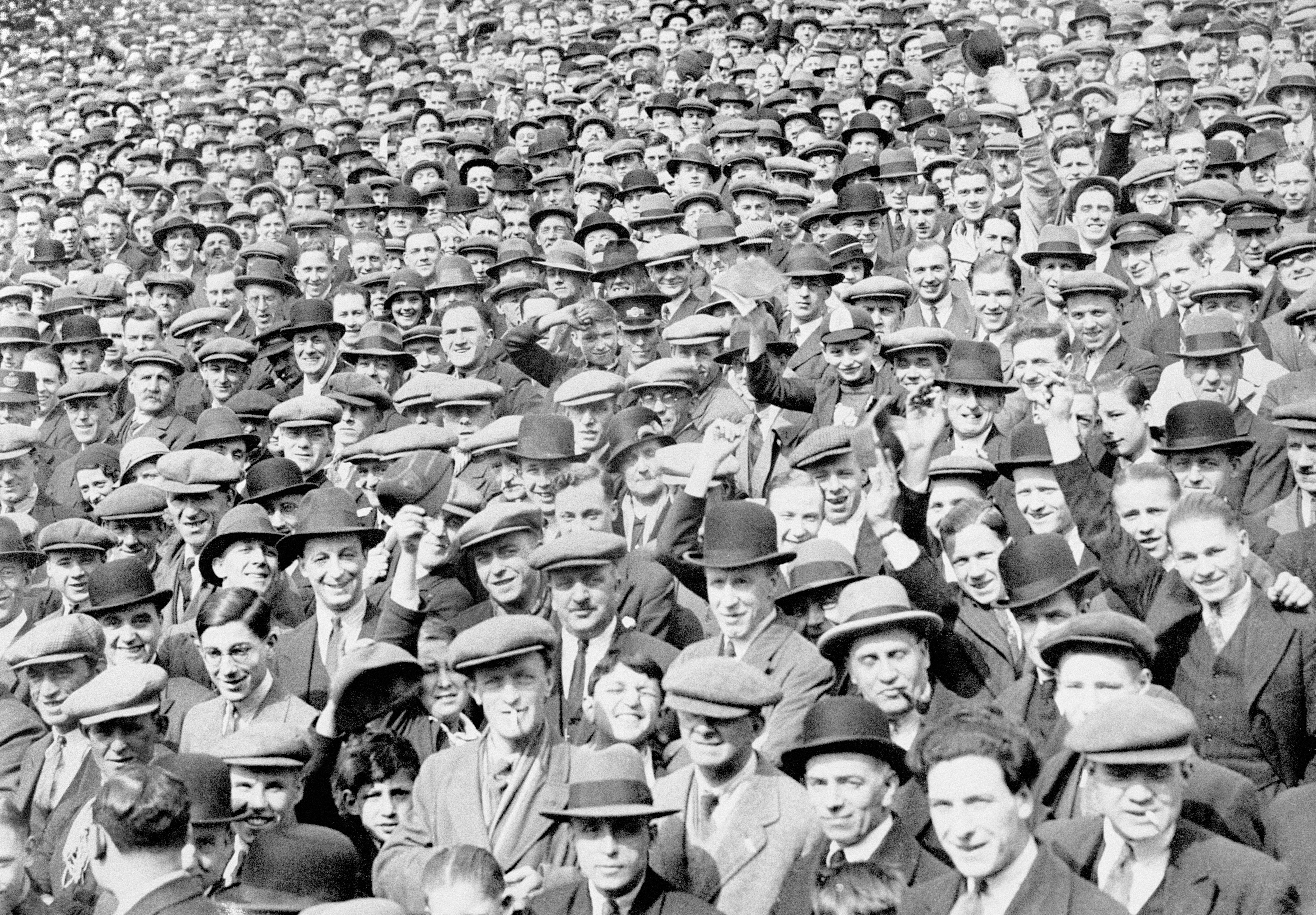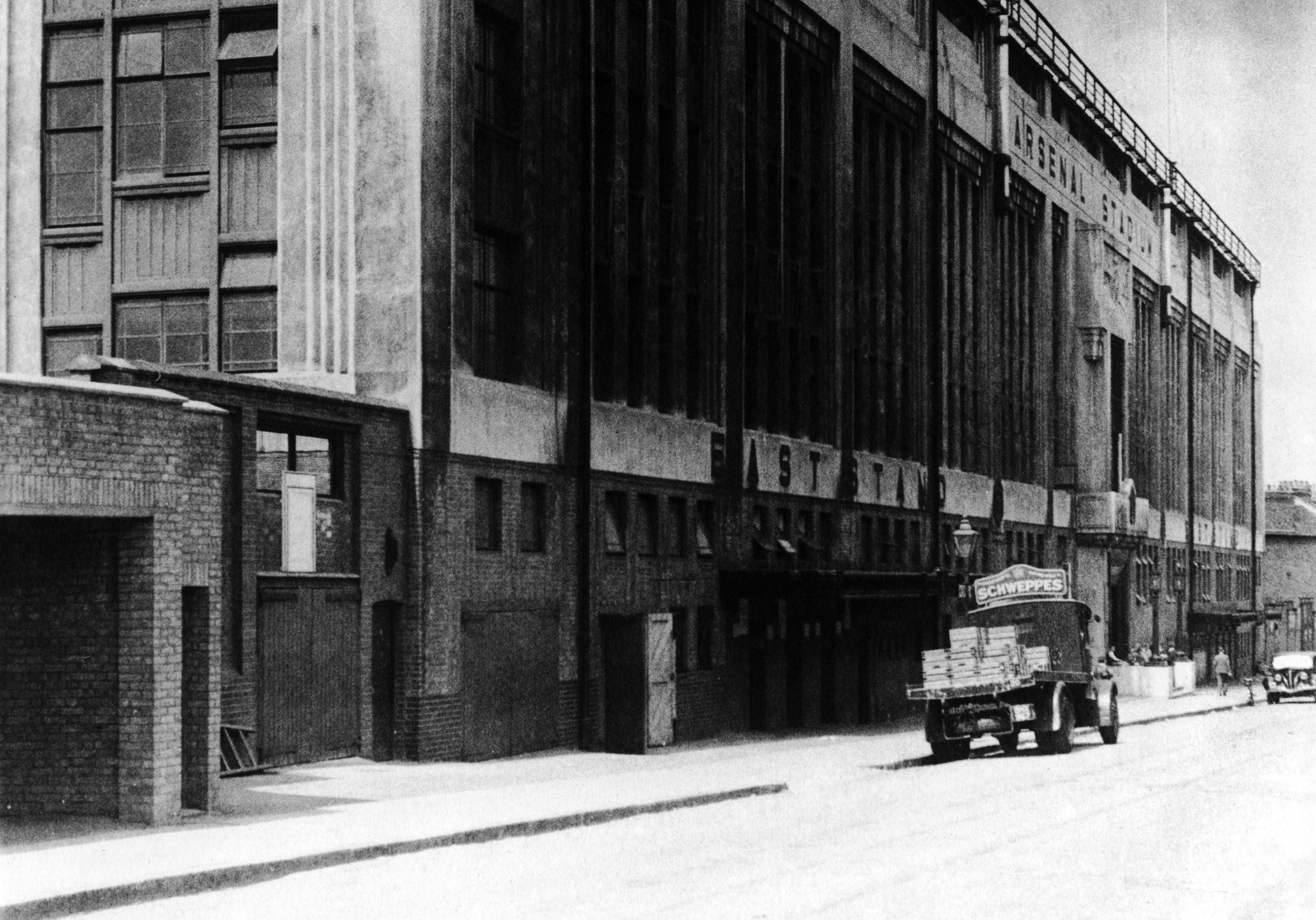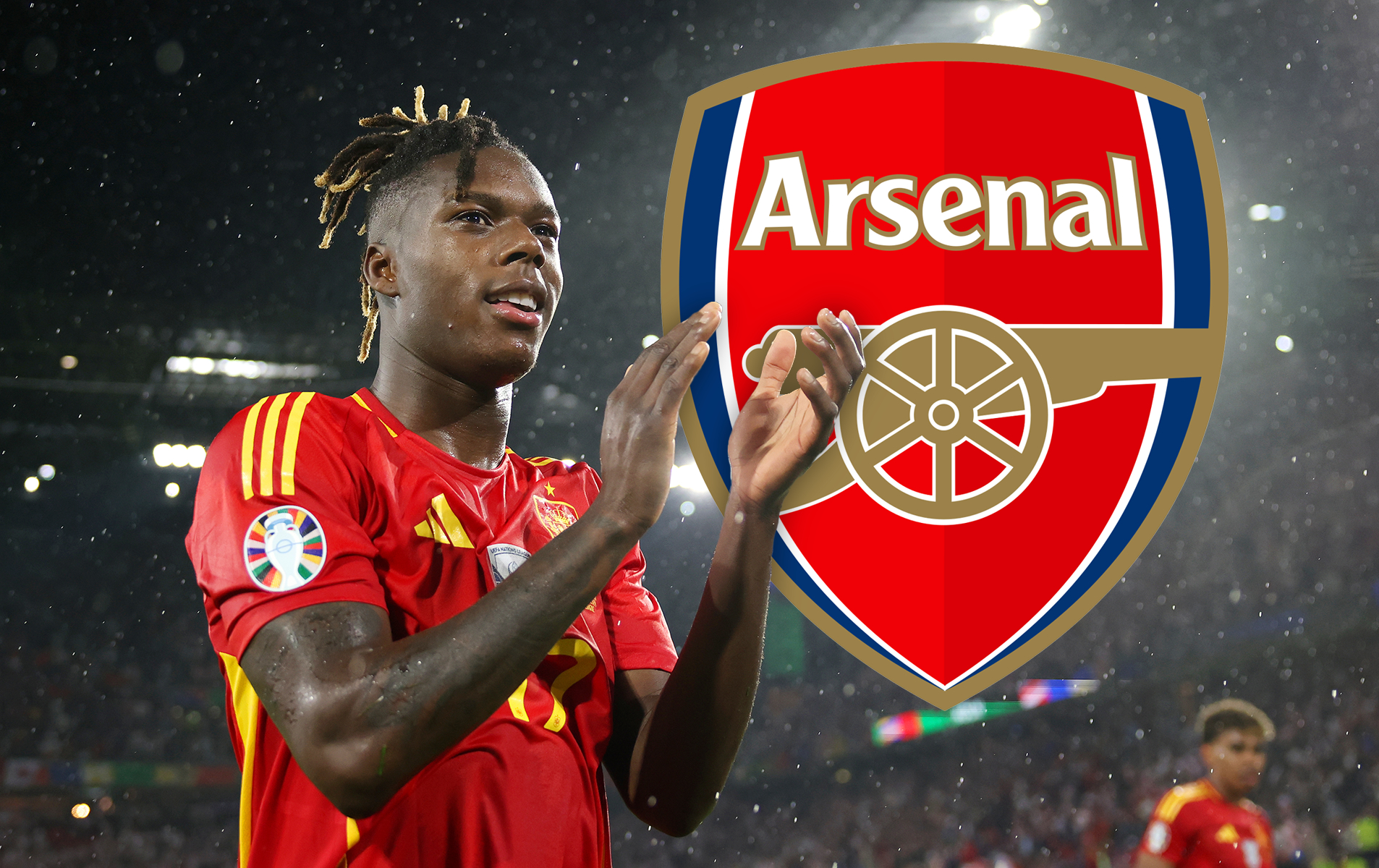Highbury's curtain raiser: the beginning of an era
Jon Spurling on Woolwich Arsenal's Highbury opener against Leicester Fosse...

The match against Leicester Fosse kicked off at 2.30pm on September 6, 1913.
Due to the novelty factor of “the interlopers” finally completing the move from Woolwich to London, a crowd of 20,000 turned up. On the eve of the game, a local resident commented in The Gazette: “Several of my pals have only ever seen Tottenham play, and I feel it will be fascinating to see just what these new boys from Woolwich are capable of.”
Correspondence over the next few weeks in the local press confirms those early crowds consisted of enthusiastic locals and Woolwich diehards. The vast majority walked to the ground but, as the programme for the Leicester Fosse game mentioned, the “get-at-ability” of Highbury meant it was easy to get to the ground from Drayton Park, Gillespie Road and Finsbury Park. Railway companies, realising the benefits of capturing thousands of potential new rail users, laid on dozens of extra trains that day.
The whole event nearly ended in disaster. A.G. Kearney recalled that workmen had left the exit gates open, and it would have been easy for hundreds of people to have stampeded into the ground, aware they could have got in for free. “Hundreds of people were lining up at the entrance four or five deep in Avenell Road," he commented. "It says much for the sportsmanlike spirit of those days that they didn’t just walk in.”
Get FourFourTwo Newsletter
The best features, fun and footballing quizzes, straight to your inbox every week.
As a reward for having worked so hard in the construction process, David Yates was given a complimentary ticket for that opening game. His testimony is the only one which has survived: “That afternoon, it was like Highbury was the centre of the universe. Everyone seemed to be headed for the stadium. Although most people walked in, lots also appeared to have come by bike.
"It says a lot for people at that time that even though they may have opposed the move, they were still happy to leave open the gates at the sides of their houses for people to leave them there. A lot also came via open top bus – it was quite a sunny day – but as I said, most walked it. It was clearly a very well advertised event. You had people from all over London come and see the new boys – from the East End, Chelsea, wherever. There were no Fosse fans though. I don’t think long distance travel was really available at that time."
Hundreds of people were lining up… it says much for the sportsmanlike spirit of those days that they didn’t just walk in
In those early games, Arsenal charged a sixpence for fans to get in. It cost more for those who wanted to pay a bit extra to sit. The old East Stand was covered, but the rest of the ground was totally open.
"There was a real feeling of expectation from the crowd," Yates added. "This was something totally new, and it’s always exciting to be there at the start of things, because you never know how they’ll turn out. It was a chance to mingle with other people, and it was pretty clear that a lot of the crowd had come all the way from Woolwich to see their team.
"I think that slowly died away after a while. There was no real chanting or singing, there were no scarves or whatever. It was just really orderly - but there was a lot of clapping and cheering when Arsenal scored. People were a lot more reserved in those days. Some people threw their hats off into the air when the team scored, and people around would say things like ‘Well, steady on old chap!’ It’s not quite like that now.
"There was quite a lot of drinking on the terraces. No one checked you as you walked in, so it was easy to for men to smuggle in beer and spirits. It got passed around a lot – it added to the community spirit. My Dad, who later joined me for some Arsenal matches, reckoned it was medicinal, and that you needed it for some of those winter games.
"At half times, vendors would come around selling peanuts and roast chestnuts – no crisps or sweets in those days. Another thing that struck me at that first game was that the opposition lobby still wouldn’t give up easily. There were still banners against the club, and a few locals stood tutting at their gates. I think that Arsenal won the game 2-1, and George Jobey scored Arsenal's first-ever goal at Highbury. Apart from the fact that the match made history, it was pretty uneventful.”

Yates was right. The following extracts appeared in the Athletic News match report on the following Monday: “…there was something in the winning of this game which cannot afford a full measure of satisfaction to those who have the well being of Woolwich Arsenal at heart. An infinitely better impression was formed of the Fosse attack than that of Woolwich Arsenal.
"In the absence of a centre forward of proven ability, the London club had to call upon George Jobey, who made his name with Newcastle United as a half back to lead the line…in the second half he met with an accident which may mean his absence from the field for many weeks…earlier Jobey neatly deflected with his head and Brebner in the Fosse goal had no chance… later Devine drove the ball past Brebner and secured full points for the home club... The Arsenal vanguard was not convincing.”
It was hardly the most auspicious of beginnings, and the full picture of Highbury’s fledgling team lay behind the scenes.
The facilities at the new stadium were so incomplete that after Jobey was stretchered off the pitch, Arsenal trainer George Hardy was forced to commandeer a milk float from “Lewis the milk”, take Jobey back to his own lodgings, and treat the player there. Letters to the Daily Gazette also complained of “the singular lack of refreshment facilities in the new stadium.”
Things would gradually improve. Yet the club faced bigger problems than complaints about a lack of catering stalls at the new ground. The Assessment Committee of the Islington Borough Council charged a huge rental fee for the ground. Although the precise figure was never disclosed, it was believed to be twice the amount which Tottenham paid for White Hart Lane, and nearly three times as much as Chelsea paid for Stamford Bridge.
Arsenal trainer George Hardy was forced to commandeer a milk float to take Jobey back to his own lodgings, and treat the player there
It was with little wonder that Arsenal faced huge financial problems from the moment they kicked a ball at the new ground. Letters to the local newspapers reported seeing hundreds of boys sneaking in without paying via the Gillespie Road entry. The gates were left open by tradesmen, who continued bringing cart fulls of raw materials to Highbury.
Norris ensured that the club worked a charm offensive, thanking fans through the medium of the official programme for braving the: “unknown discomforts of an incomplete ground.” He also personally wrote letters of apology to locals complaining of disruption on match day.
But Second Division Arsenal’s future remained uncertain. By April 1915, the team still showed little sign of awakening from its slumber, and despite the more glamorous location, it was nigh on impossible to attract more glamorous players. Percy Sands and Jock Rutherford – though popular enough amongst the hard core support – were hardly world beaters. The board’s advertisements in the local press smacked of sheer desperation. Would-be season ticket holders were informed: “a season ticket is at your disposal in exchange for 21s, entitling you to admission to the ground. The Secretary’s name is GEORGE MORRELL. His address is 32, Pemberton Road, Harringay. He wants to sell you a ticket. Do not let him be disappointed.”
The notoriously tight fisted Morrell had hastened Charlie Buchan’s departure from the club back in 1910, when he refused to reimburse the youngster’s tram expenses, which amounted to 55p. It later cost the club over 5000 times that amount to buy Buchan back. It was unheard of for a club to publish the home address of the Manager Secretary – as they were called in those days.
The story went that Norris had been unable to pay for a permanent secretary who would handle season ticket requests. The financial situation became desperate as the team laboured at their new ground. For Norris and Arsenal, things would get worse before they got better...
Jon Spurling is a history and politics teacher in his day job, but has written articles and interviewed footballers for numerous publications at home and abroad over the last 25 years. He is a long-time contributor to FourFourTwo and has authored seven books, including the best-selling Highbury: The Story of Arsenal in N5, and Get It On: How The '70s Rocked Football was published in March 2022.

